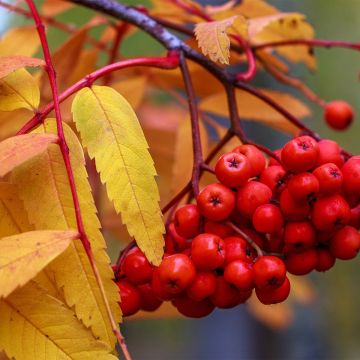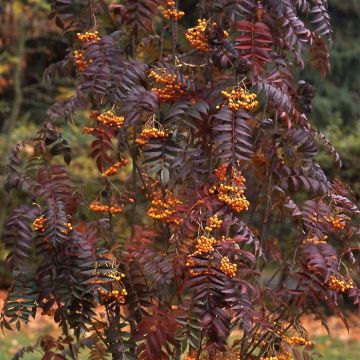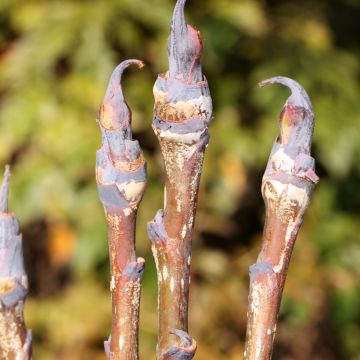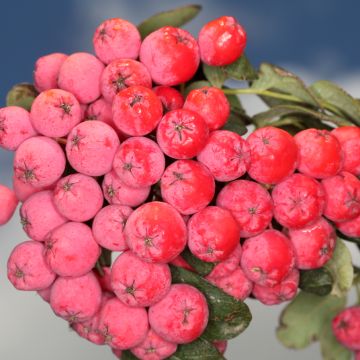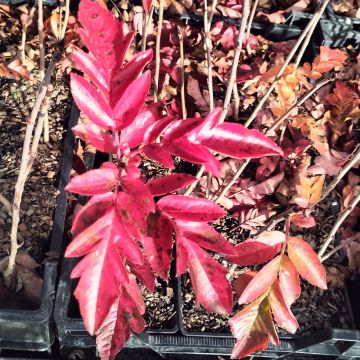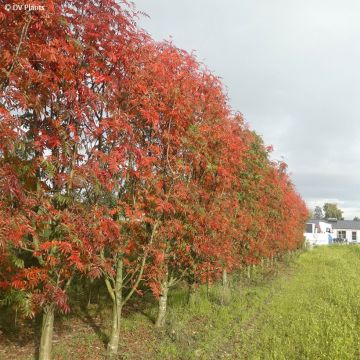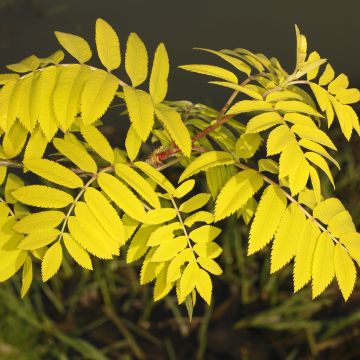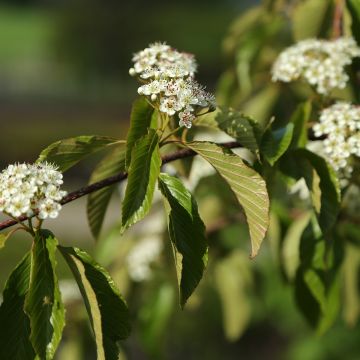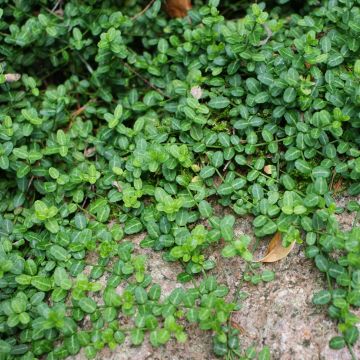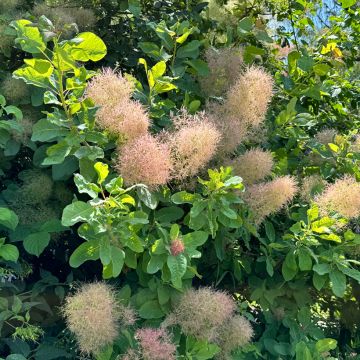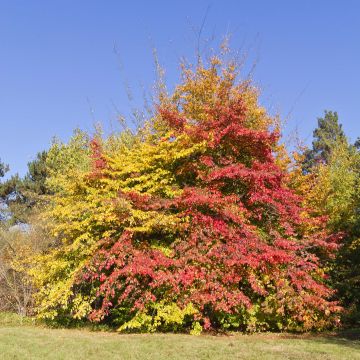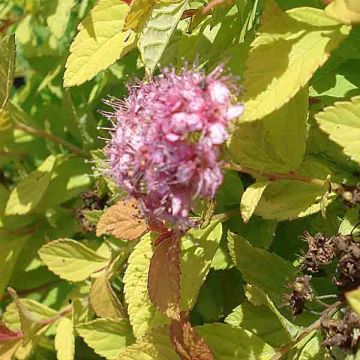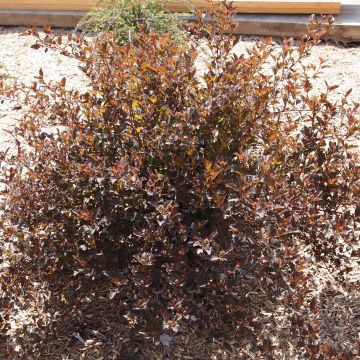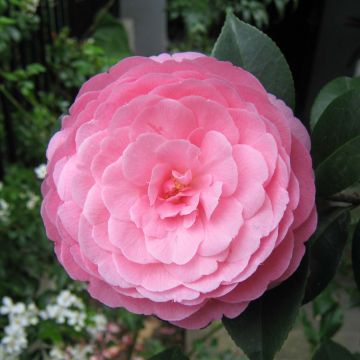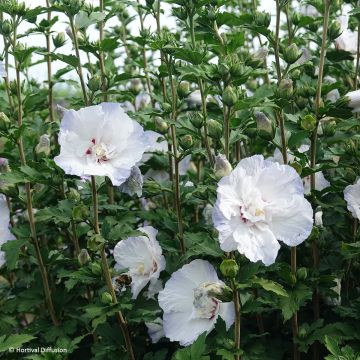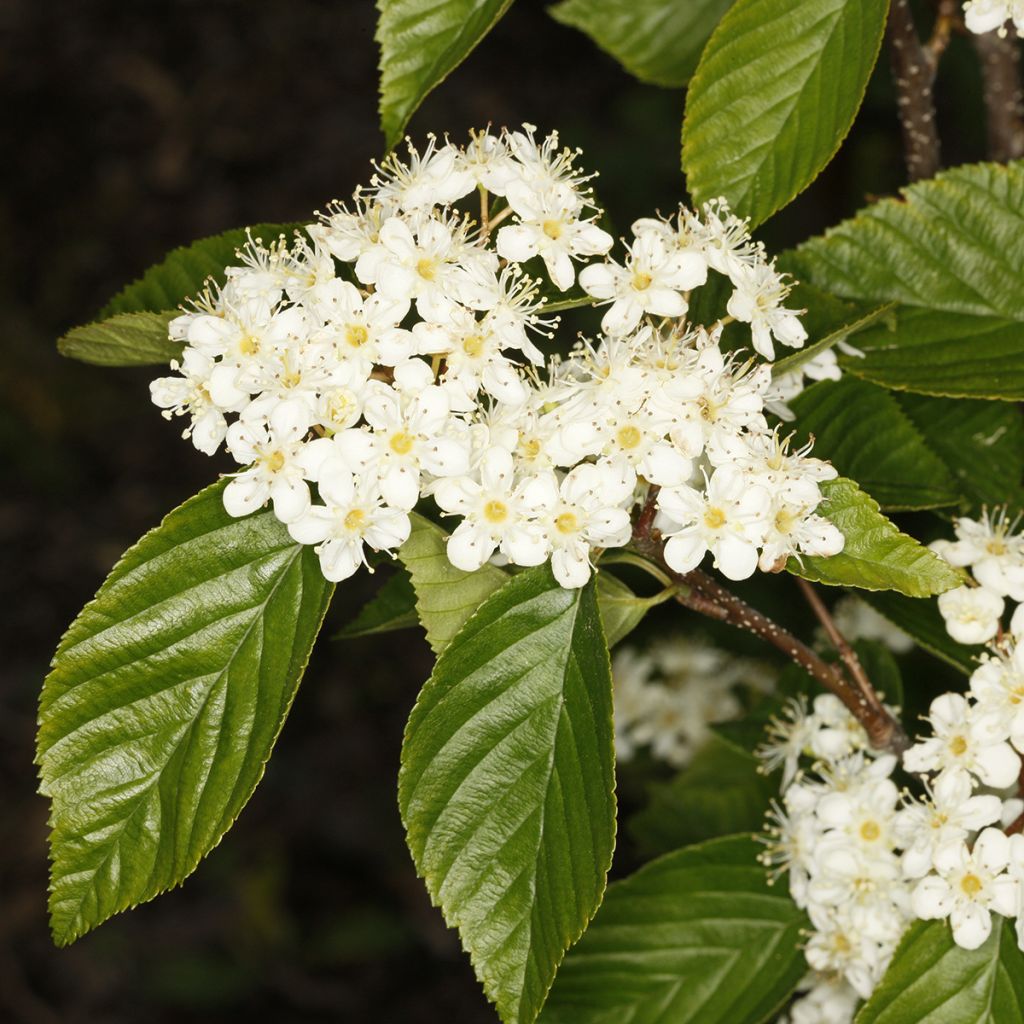

Sorbus alnifolia Red Bird
Sorbus alnifolia Red Bird
Sorbus alnifolia Red Bird
Korean Mountain Ash, Korean Whitebeam
Special offer!
Receive a €20 voucher for any order over €90 (excluding delivery costs, credit notes, and plastic-free options)!
1- Add your favorite plants to your cart.
2- Once you have reached €90, confirm your order (you can even choose the delivery date!).
3- As soon as your order is shipped, you will receive an email containing your voucher code, valid for 3 months (90 days).
Your voucher is unique and can only be used once, for any order with a minimum value of €20, excluding delivery costs.
Can be combined with other current offers, non-divisible and non-refundable.
Home or relay delivery (depending on size and destination)
Schedule delivery date,
and select date in basket
This plant carries a 24 months recovery warranty
More information
We guarantee the quality of our plants for a full growing cycle, and will replace at our expense any plant that fails to recover under normal climatic and planting conditions.
Would this plant suit my garden?
Set up your Plantfit profile →
Description
Sorbus alnifolia 'Red Bird' is a variety of Japanese Rowan or alder-leaved sorbus. It forms a small tree with an upright, columnar habit and a dense crown of ornamental leaves, similar to those of the Alder, deeply veined, oval, and green. They turn scarlet red in autumn. After a beautiful white flowering in spring, which is attractive to bees, it produces an abundance of small red-orange fruits that feed birds until winter. This delicate sorbus easily fits in smaller gardens.
Sorbus alnifolia, belonging to the Rosaceae family, is native to the Far East, China, and Korea. It forms a slender tree with a moderate growth of 8 to 10 metres in height and up to 20 metres in its natural environment. The bark is smooth and dark grey. The young branches are olive green and darken with age. The leaf buds are brown-red. The oval leaf closely resembles that of the alder. It has up to 15 prominent veins, and the leaf margin is doubly toothed. The upper side is matte green, and the lower side is light green and slightly hairy to smooth. In autumn, they display pink, orange, and red hues. The spring flowering occurs in corymbs of small white flowers. Following the flowering are round yellow fruits that slowly turn red. They go through different stages, which in autumn, present a highly decorative appearance. Cross-pollination is necessary for fruiting; therefore, it is advisable to plant multiple specimens next to each other. It grows in well-drained, moist to dry, acidic, neutral, or slightly alkaline soil, in full sun or partial shade, sheltered from strong winds. It is very hardy, down to -25°C. As it has deep roots, it should be kept away from paving and buildings.
Sorbus alnifolia 'Red Bird', with its narrow and upright growth, reaches approximately 6 metres in height and 3.5 metres in width in 20 years. It is an ornamental tree in all seasons, even in winter, when the grey, smooth bark and bare, dense branches are attractive.
The 'Red Bird' Japanese Rowan, although quite tall, remains narrow and is well-suited for small gardens. Its ornamental qualities make it suitable for solitary planting or as part of a grove of large shrubs. It is also ideal for informal hedges. It can be used in the background of flower beds, alone or mixed with other species with autumn foliage such as Prunus, hazelnuts, sweet gum, parrotia, or maples.
Plant habit
Flowering
Foliage
Botanical data
Sorbus
alnifolia
Red Bird
Rosaceae
Korean Mountain Ash, Korean Whitebeam
East Asia
Other Sorbus - Mountain Ash
View all →Planting and care
Sorbus alnifolia is best planted in autumn. It thrives in full sun, but can also tolerate partial shade for part of the day. Place it in a sheltered spot away from prevailing winds. It prefers deep, rich, moist, but well-drained soil that is acidic, neutral, or slightly alkaline. Water it during dry periods. Remove dead wood or diseased branches. If necessary, prune at the end of winter, before the vegetation starts to grow again, removing any crossing inner branches and keeping only the vigorous branches to maintain the tree's good habit.
Spider mites, aphids, and scale insects are the main pests of the mountain ash. Powdery mildew and sooty mould, which are fungal diseases, can also affect this tree.
Planting period
Intended location
Care
Planting & care advice
This item has not been reviewed yet - be the first to leave a review about it.
Similar products
Haven't found what you were looking for?
Hardiness is the lowest winter temperature a plant can endure without suffering serious damage or even dying. However, hardiness is affected by location (a sheltered area, such as a patio), protection (winter cover) and soil type (hardiness is improved by well-drained soil).

Photo Sharing Terms & Conditions
In order to encourage gardeners to interact and share their experiences, Promesse de fleurs offers various media enabling content to be uploaded onto its Site - in particular via the ‘Photo sharing’ module.
The User agrees to refrain from:
- Posting any content that is illegal, prejudicial, insulting, racist, inciteful to hatred, revisionist, contrary to public decency, that infringes on privacy or on the privacy rights of third parties, in particular the publicity rights of persons and goods, intellectual property rights, or the right to privacy.
- Submitting content on behalf of a third party;
- Impersonate the identity of a third party and/or publish any personal information about a third party;
In general, the User undertakes to refrain from any unethical behaviour.
All Content (in particular text, comments, files, images, photos, videos, creative works, etc.), which may be subject to property or intellectual property rights, image or other private rights, shall remain the property of the User, subject to the limited rights granted by the terms of the licence granted by Promesse de fleurs as stated below. Users are at liberty to publish or not to publish such Content on the Site, notably via the ‘Photo Sharing’ facility, and accept that this Content shall be made public and freely accessible, notably on the Internet.
Users further acknowledge, undertake to have ,and guarantee that they hold all necessary rights and permissions to publish such material on the Site, in particular with regard to the legislation in force pertaining to any privacy, property, intellectual property, image, or contractual rights, or rights of any other nature. By publishing such Content on the Site, Users acknowledge accepting full liability as publishers of the Content within the meaning of the law, and grant Promesse de fleurs, free of charge, an inclusive, worldwide licence for the said Content for the entire duration of its publication, including all reproduction, representation, up/downloading, displaying, performing, transmission, and storage rights.
Users also grant permission for their name to be linked to the Content and accept that this link may not always be made available.
By engaging in posting material, Users consent to their Content becoming automatically accessible on the Internet, in particular on other sites and/or blogs and/or web pages of the Promesse de fleurs site, including in particular social pages and the Promesse de fleurs catalogue.
Users may secure the removal of entrusted content free of charge by issuing a simple request via our contact form.
The flowering period indicated on our website applies to countries and regions located in USDA zone 8 (France, the United Kingdom, Ireland, the Netherlands, etc.)
It will vary according to where you live:
- In zones 9 to 10 (Italy, Spain, Greece, etc.), flowering will occur about 2 to 4 weeks earlier.
- In zones 6 to 7 (Germany, Poland, Slovenia, and lower mountainous regions), flowering will be delayed by 2 to 3 weeks.
- In zone 5 (Central Europe, Scandinavia), blooming will be delayed by 3 to 5 weeks.
In temperate climates, pruning of spring-flowering shrubs (forsythia, spireas, etc.) should be done just after flowering.
Pruning of summer-flowering shrubs (Indian Lilac, Perovskia, etc.) can be done in winter or spring.
In cold regions as well as with frost-sensitive plants, avoid pruning too early when severe frosts may still occur.
The planting period indicated on our website applies to countries and regions located in USDA zone 8 (France, United Kingdom, Ireland, Netherlands).
It will vary according to where you live:
- In Mediterranean zones (Marseille, Madrid, Milan, etc.), autumn and winter are the best planting periods.
- In continental zones (Strasbourg, Munich, Vienna, etc.), delay planting by 2 to 3 weeks in spring and bring it forward by 2 to 4 weeks in autumn.
- In mountainous regions (the Alps, Pyrenees, Carpathians, etc.), it is best to plant in late spring (May-June) or late summer (August-September).
The harvesting period indicated on our website applies to countries and regions in USDA zone 8 (France, England, Ireland, the Netherlands).
In colder areas (Scandinavia, Poland, Austria...) fruit and vegetable harvests are likely to be delayed by 3-4 weeks.
In warmer areas (Italy, Spain, Greece, etc.), harvesting will probably take place earlier, depending on weather conditions.
The sowing periods indicated on our website apply to countries and regions within USDA Zone 8 (France, UK, Ireland, Netherlands).
In colder areas (Scandinavia, Poland, Austria...), delay any outdoor sowing by 3-4 weeks, or sow under glass.
In warmer climes (Italy, Spain, Greece, etc.), bring outdoor sowing forward by a few weeks.
































